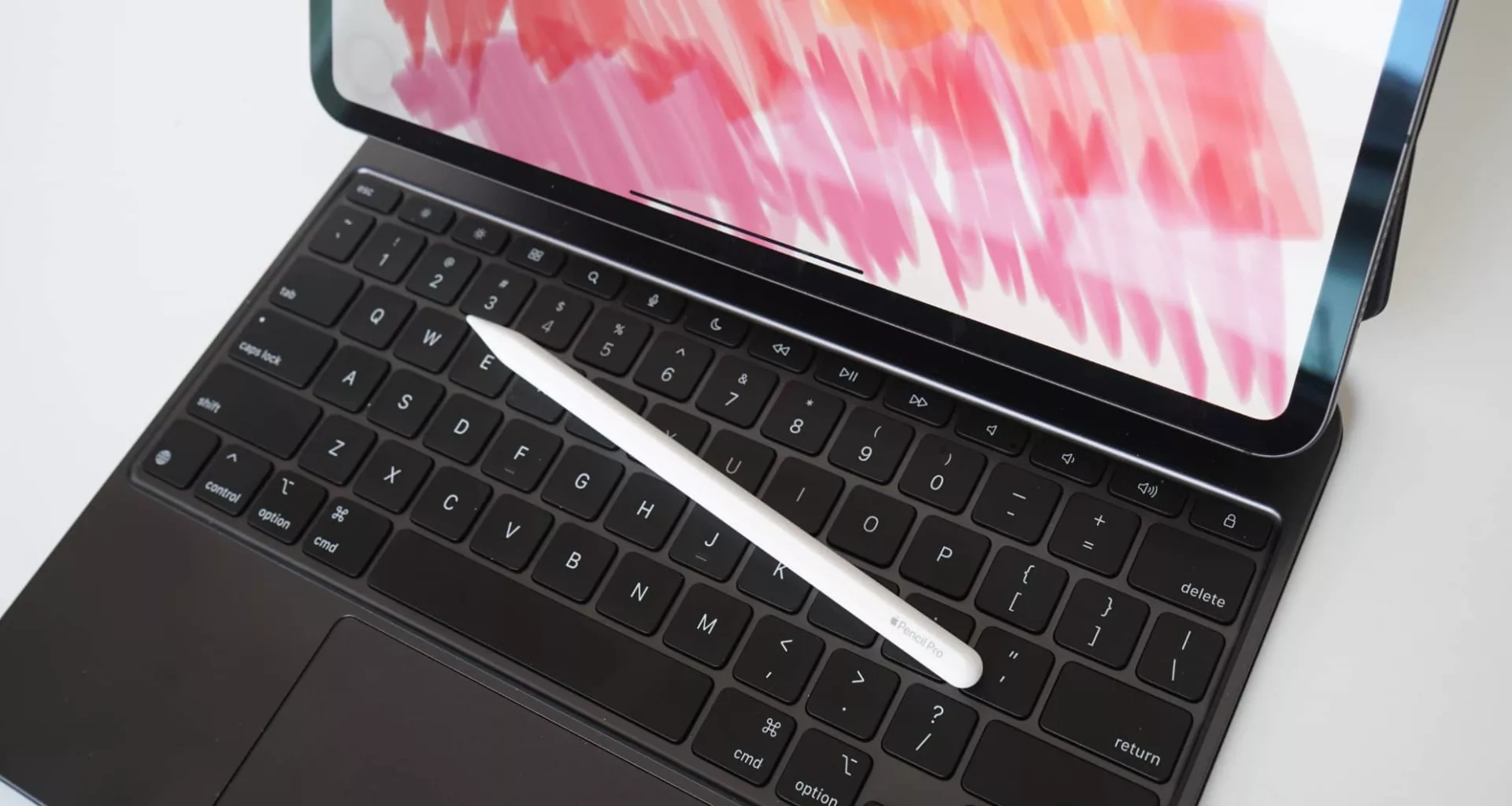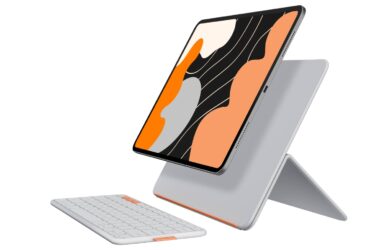Quick review
The good
The not-so-good
Almost two years on from the M2 iPad Pro, the M4 iPad Pro is here. A little bigger and better in nearly every way, the iPad Pro 13 aims to let you do more. Is it worth the cost?
Originally launched as a bit of a content consumption device, the iPad has changed over the years. They’re great for watching movies and playing games, but over time, Apple has found ways to make them more capable, adding features and deepening the operating system to make them just that much better.
While you can create and consume content in any of the four iPad models ranges — regular, Mini, Air, and Pro — at least two of these are more focused on content creation than their peers.
The iPad Pro is the one to consider if you need to really create, while the iPad Air cuts back on some of the features in exchange for cost.
In both cases, neither had been updated for over a year until recently. Largely left alone, they were both excellent gadgets when we checked them out in 2022. But a year is a long time in device releases, and two years later, Apple has newbies in both camps.
At the more premium end of the market, there’s the iPad Pro, a tablet that comes in both 11 and 13 inches, and tends to pack in the best of the best of the very best. It’s the sort of gear you’d expect to carry with you if you needed the best, which many people do.
And this year’s iPad Pro is no different, armed with a new chip, new screen, and new form-factor. It could well be the best tablet around, but is it worth the $2199 starting price?
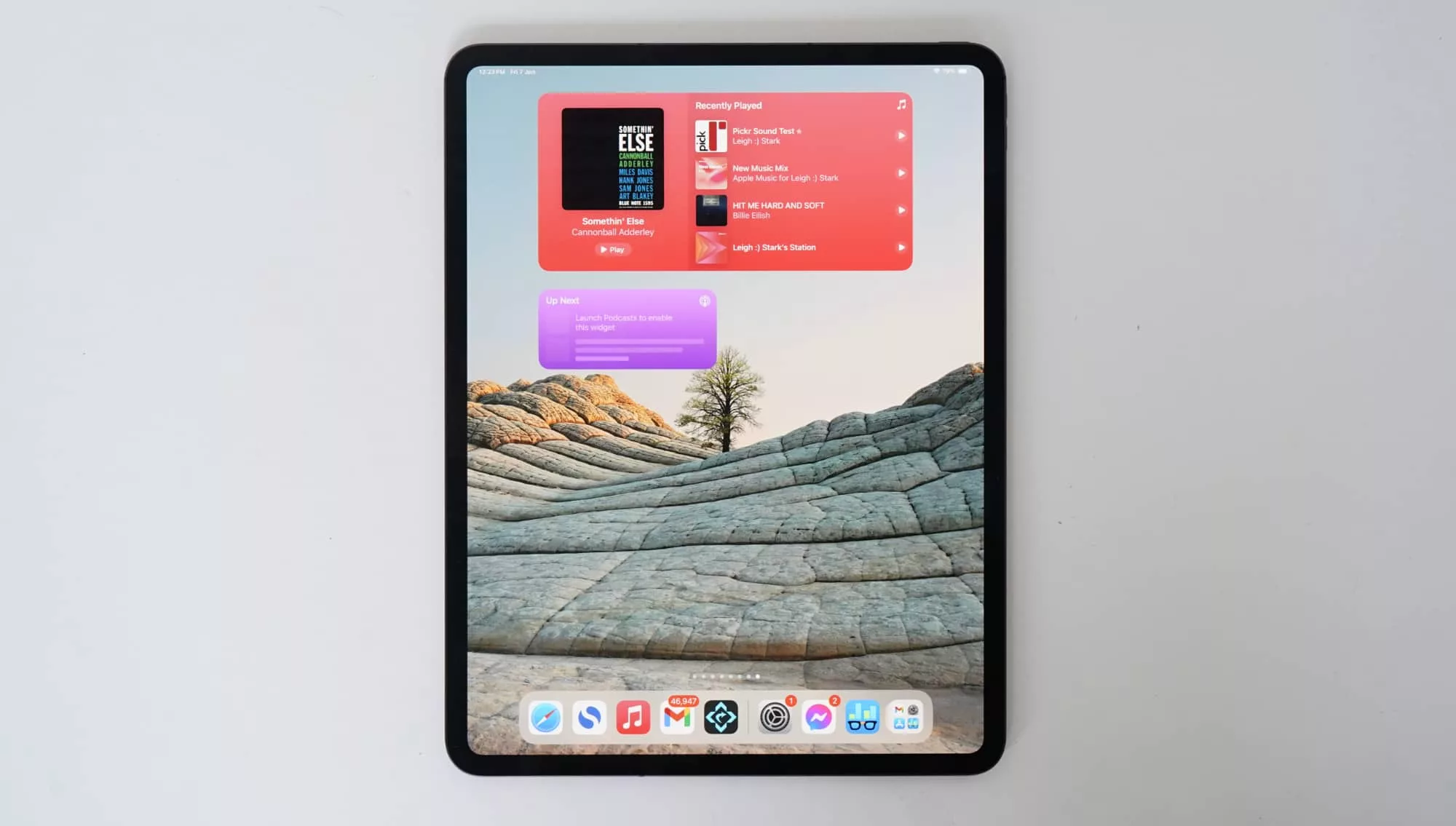
Design
The first time you take the iPad Pro out, it’s hard not to be amazed at what Apple has crafted. Just wow. So much wow.
A reviewer recalls their thoughts:
This thing is so thin! It almost feels sacrilegious to put it into a case!
But put it into a case you must, because that size demands protection. At 5.1mm thin, Apple has managed to deliver one of the slimmer tablets we’ve ever seen. It has bare millimetres on the USB-C charge connector below, making you wonder how Apple could possibly make this even thinner.
That thin design is complemented by typical Apple industrial design excellence, providing an aluminium casing with a firm body and edges. It’s all so premium and deluxe that it’s not difficult to see why Apple leads the world in technological industrial design.
The iPad Pro is just so lovely to look at and hold.
It’s worth noting that the previous iPad Pro was also beautifully designed, but the latest incarnation steps it up in ways you didn’t think were possible.
Frankly, we’re not sure how Apple will make it even thinner.

Features
There are changes inside, too. It’s not just the outside where things change.
Inside the iPad Pro 13 inch, you can expect to find a brand new chip, the Apple Silicon M4, paired with 16GB RAM in the 1TB and 2TB models, or 8GB RAM in the 256GB and 512GB variants. For the purposes of this iPad Pro review, we’re looking at the 2TB model with 16GB RAM.
In terms of connectivity, expect to find 802.11a/b/g/n/ac/ax WiFi 6E and Bluetooth 5.3, while 5G options get support for GPS and sub-6 5G in Australia using eSIM only. Wired connectivity is just the one port: a USB-C port supporting both USB 4 and Thunderbolt 3.
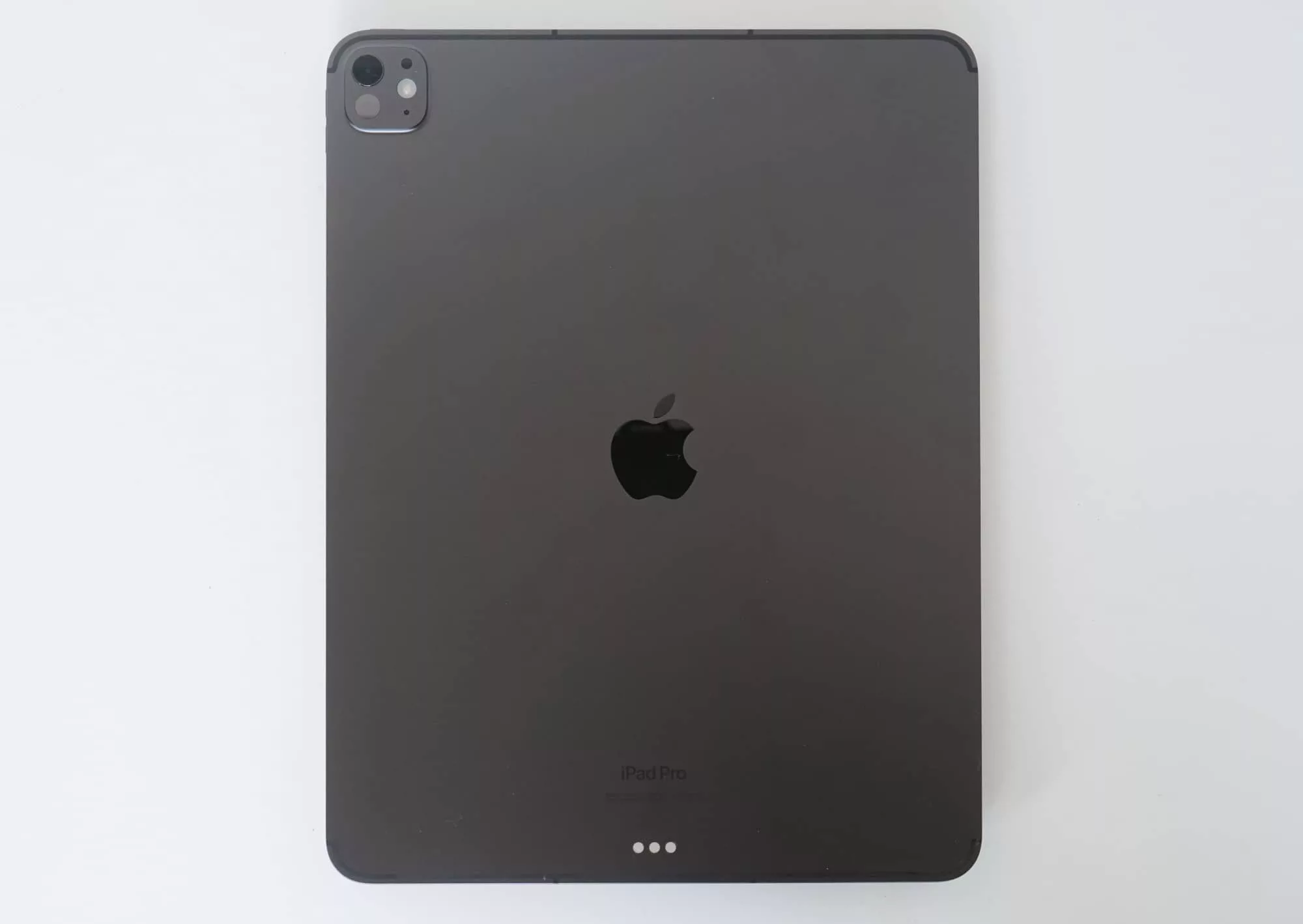
One camera can be found on the back, supporting a 12 megapixel F1.8 standard wide camera with 4K video capture, accompanied by an LED flash and LiDAR sensor. Meanwhile, the front sees a 12 megapixel F2 ultra-wide camera set along the landscape edge, a position that makes more sense than the portrait edge, especially if you use the keyboard case.
The whole thing comes in an aluminium body in either silver or black, with four speakers, four mics, and Face ID unlocking and security.
| Model | Apple iPad Pro 13 (M4, 2024) |
| Chip | Apple Silicon M4 |
| RAM/Storage | 8/16GB RAM; 256GB to 2TB storage |
| OS | iPadOS 17 |
| Display | 13 inch tandem OLED Ultra Retina XDR (2752×2064) |
| Cameras | 12mp wide |
| Connections | WiFi 6E, Bluetooth 5.3, USB-C; optional 5G |
| Size/Weight | 5.1mm, 582g |
| Price | Starting from $2199 AUD |
Display
Even the screen has changed, both in actual usable screen size and the technology under the hood.
For instance, the 13 inch iPad Pro we’re reviewing would have been a 12.9 inch model two years ago. You now get an extra 0.1 inches to work with, and a new screen technology, as Apple experiments with OLED and gives the world something it has never seen before: stacked OLED screens.
As it is, OLED is one of those things not everyone understands.
Originally made for TVs and now available in other gadgets, OLED panels are made using organic components in production. They’re often considered the best of the best, largely because the blacks in OLED are perfect. How, you ask? Why, they’re perfect because a black pixel in OLED is actually an off pixel.
In OLED screens, you don’t need to turn down the brightness of the pixel or dim a light to get a controlled black, not like you do on an LED-backlit TV. No, with OLED, a black pixel is an off pixel, while a lit pixel is using power. The colours in OLED tend to be bright and pure, and the off-state of the blacks make the contrast that much better overall.
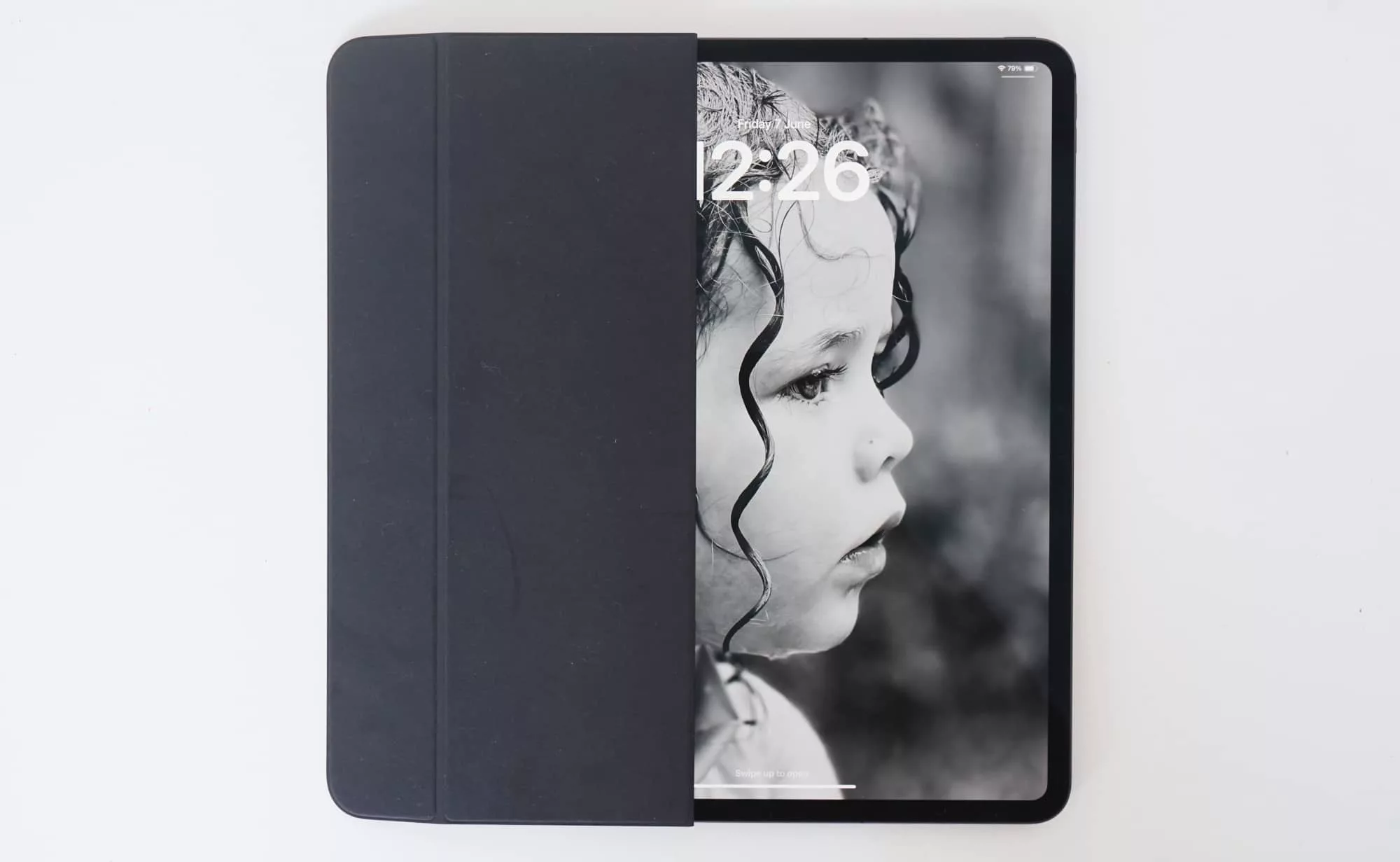
With the M4 iPad Pro, Apple is using OLED, but in a slightly different way. Under the hood, there are tandem OLED panels stacked together, increasing the brightness available and essentially the honed colour of a screen.
It’s a technology Apple calls “Ultra Retina XDR”, a stack of jargon that largely means bright and beautiful OLED running a sharp resolution, which on the 13 inch is 2752×2064.
The result is a vibrant picture that smacks of quality, with Apple’s ProMotion technology also working away under the hood, providing slick animations when you’re inside apps ranging between 10Hz and 120Hz.
It’s a treat for the eyes, for sure, and a screen that is nothing short of best in class.
In-use
The big OLED screen isn’t just for looking at, but also using, and for that, why not touch and prod it, too?
That’s primarily how most people will use the iPad Pro, and it is a cinch to do. The system is responsive, iPadOS easy to use, and the whole thing comes together brilliantly.
Apple’s Face ID is your security system here, and it does a great job of letting you in quickly, while a couple of new and optional accessories can help you get a little more out of your iPad Pro experience.
The new Magic Keyboard

While we’re reviewing the 2024 iPad Pro, we may as well review Apple’s latest peripherals, and that starts with the 2024 Magic Keyboard Cover, which borrows from its predecessor in shape, size, and function, but changes a few things.
For starters, the keyboard gets function keys (yay!) and a slightly larger trackpad, not to mention an aluminium surface. There are minor differences in other ways, such as a flatter metal hinge, which helps make the case feel that little bit more premium.
As expected, the typing experience on the iPad Pro Magic Keyboard Cover is pretty lovely; the bulk of this iPad Pro review was typed on it, and it was about as good as a keyboard we’ve used on any other Mac.

The new Apple Pencil Pro
The other accessory worth talking about is the new Apple Pencil, the Apple Pencil Pro, which doesn’t look different and you’d certainly never tell by a simple glance.
There are changes, however, including the model name “Apple Pencil Pro” on the side, with the most obvious being that the barrel can be squeezed. This change brings up a contextual menu to let you control a little more, which should be handy for artists keen to get a little more out of their drawing.

The old Magic Keyboard and Apple Pencil
You might be wondering what happens if you have one of the accessories for an older iPad Pro. We did, too, so we tried using them.
Here’s the thing: there’s no logical reason why the existing Magic Keyboard cover and Apple Pencil shouldn’t work, but they don’t. They don’t even talk.
The older Apple Pencil won’t pair or magnetically mount, jumping around as if there’s a grasshopper inside — our guess is Apple has moved the magnets — while the older 12.9 inch Magic Keyboard Cover should work, but again has the same problem with magnets.

You can’t make the old peripherals work with the new iPad Pro, and given the difference in magnet placement, suspect it’s the same problem going the other way.
If you’re buying a 2024 iPad Pro and need the accessories, you’re going to have to buy all new accessories, too. No upgrading and keeping the old stuff, it seems.
Sound
You’ll also find a solid four-speaker system for music and video playback, something which handles pretty much most of what you throw its way beautifully.
Dolby Atmos support is here if you use Apple Music’s spatial audio capability, something we probably spend far too much time checking out, but even if you don’t, the Atmos playback makes it ideal for movies and TV shows, too. Or even games, which can take advantage of loud enough speakers that deliver.
Performance
It’s not just games that deliver on sound, but with the performance, and armed with brand new chip that isn’t available on anything except a 2024 iPad Pro, the latest model is built for performance. Just a whole heap of ridiculous performance.
That probably isn’t surprising given the iPad Pro is built for work, but Apple’s introduction of the M4 chip in the iPad Pro — before Macs, no less — makes this even more impressive, because there 👏 is 👏 so 👏 much 👏 here.
Comparing 2024’s iPad Pro to models we’ve seen over the iPad Pro’s several year history, the latest blows them out of the water, with over five times the graphical performance in benchmarks compared to what came out four years ago.
Each subsequent generation of iPad Pro has been faster than the other, but this year’s really steps it up a level.
It becomes a different story again when you compare the M4 iPad Pro to other Macs, notably because that M4 chip isn’t found on other Macs at this time.
Take what happens when you compare the M4 iPad Pro to the M1 Pro MacBook Pro from two years ago: the M1 Pro was no slouch, and yet this iPad has more processing and graphical grunt than that 14 inch pro-level portable workstation.
That means it easily has the grunt to take on both the 2022 M2 MacBook Air and this year’s M3 MacBook Air, giving us a big of a preview as to what next year’s eventual M4 MacBook Air will look like.
It doesn’t have quite the grunt to compete with an M3 Max — older chip, sure, but a more complex model — and so if you’re looking for MORE POWER, the MacBook Pro is where you want to cast your eyes.
However, in terms of overall performance, the M4 iPad Pro is just surprisingly capable. It’s insane how much power this thin tablet has inside.

Battery
While performance is easy to gauge, battery life is a little less easy, thanks in part to whether you use the accessories.
We’ve already noted that you should store the iPad Pro in a case, but which case you use will help determine some of the battery life.
For instance, going with either the regular Folio case or even no case at all should see you able to hit as much as 8 to 9 hours of battery life. Meanwhile, the Magic Keyboard case seems to reduce that.
As we write a lot, we tend to keep the iPad Pro in its keyboard case. It just makes sense. Fun fact: most of what’s written at Pickr is written on either a laptop or an iPad with keyboard attached. So we left the Magic Keyboard case on the 13 inch iPad Pro for most of the review period, and that ate into the battery life considerably, resulting in 5 to 6 hours of screen time when used with the keyboard.
To Apple’s credit, the new Magic Keyboard cover includes more function keys and a wider trackpad, not to mention a slimmer design and an extra USB-C port on the left side, so you can charge the iPad Pro from either side. Yes, you can charge the iPad Pro while typing with it. You may want to give the amount of time it takes from the battery.
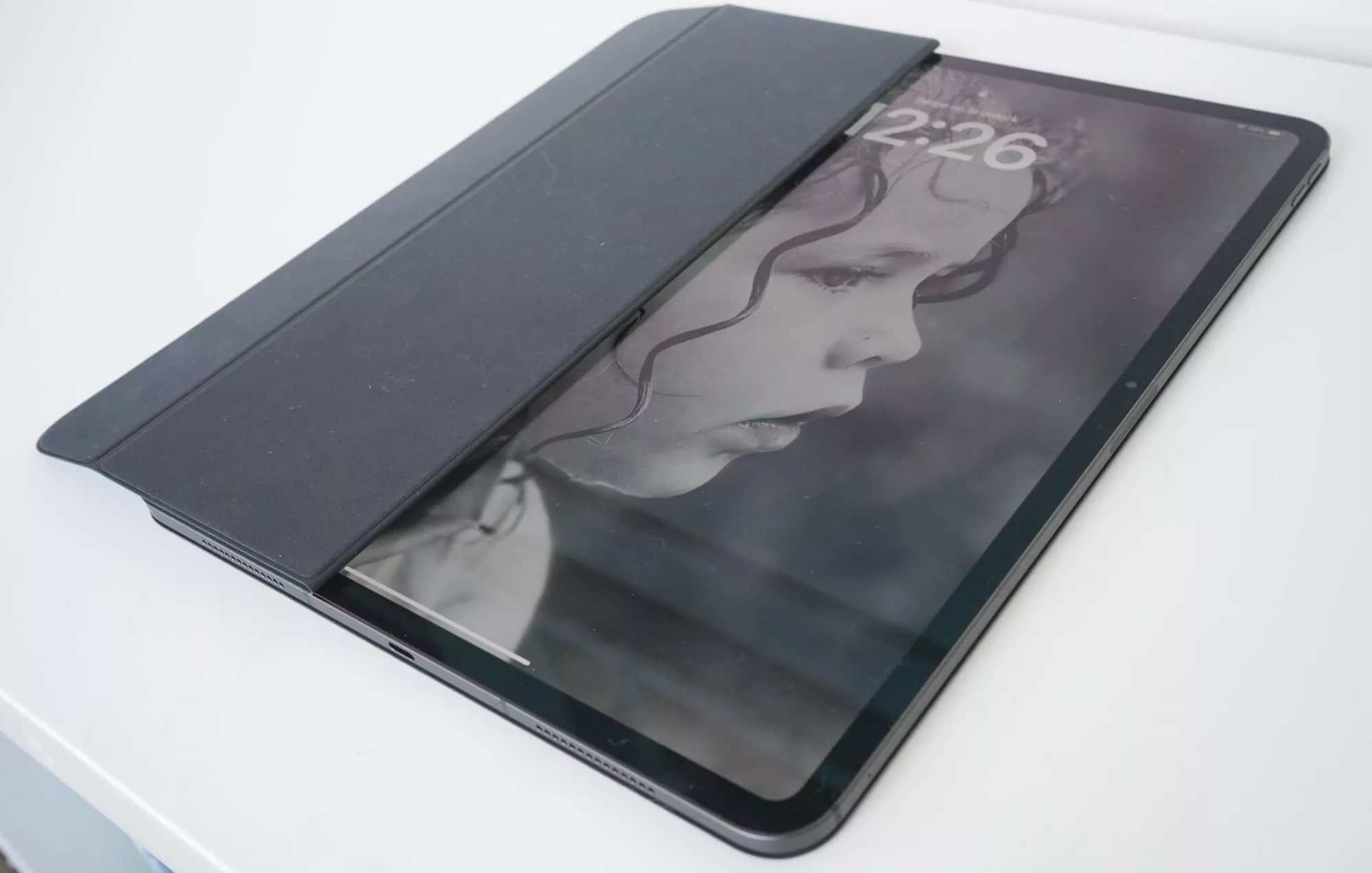
Value
The value is where the argument for the iPad Pro starts to take a turn, largely because it’s difficult to work out whether Apple’s premium tablet has value in the first place.
The starting price of the 256GB WiFi-only M4 iPad Pro 13 is $2199, but the model we reviewed with 2TB storage and WiFi/5G? That one is $4299. Yikes. We’re almost afraid to leave the house with it.
Value is therefore a difficult thing to decipher. It’s easily the best tablet around, but is it value driven? Maybe.
The way we’re looking at M4 iPad Pro is less about “do you get value for money”, but rather “are you getting the best tablet on the planet”, and the answer to that last one appears to be undoubtedly yes. Unashamedly so, in fact.
Judging value on Apple’s M4 iPad Pro 13 is more like evaluating value on a Leica camera, where the camera itself isn’t necessarily about value, but rather getting best-in-class tech. Because that’s what this iPad is: best-in-class.
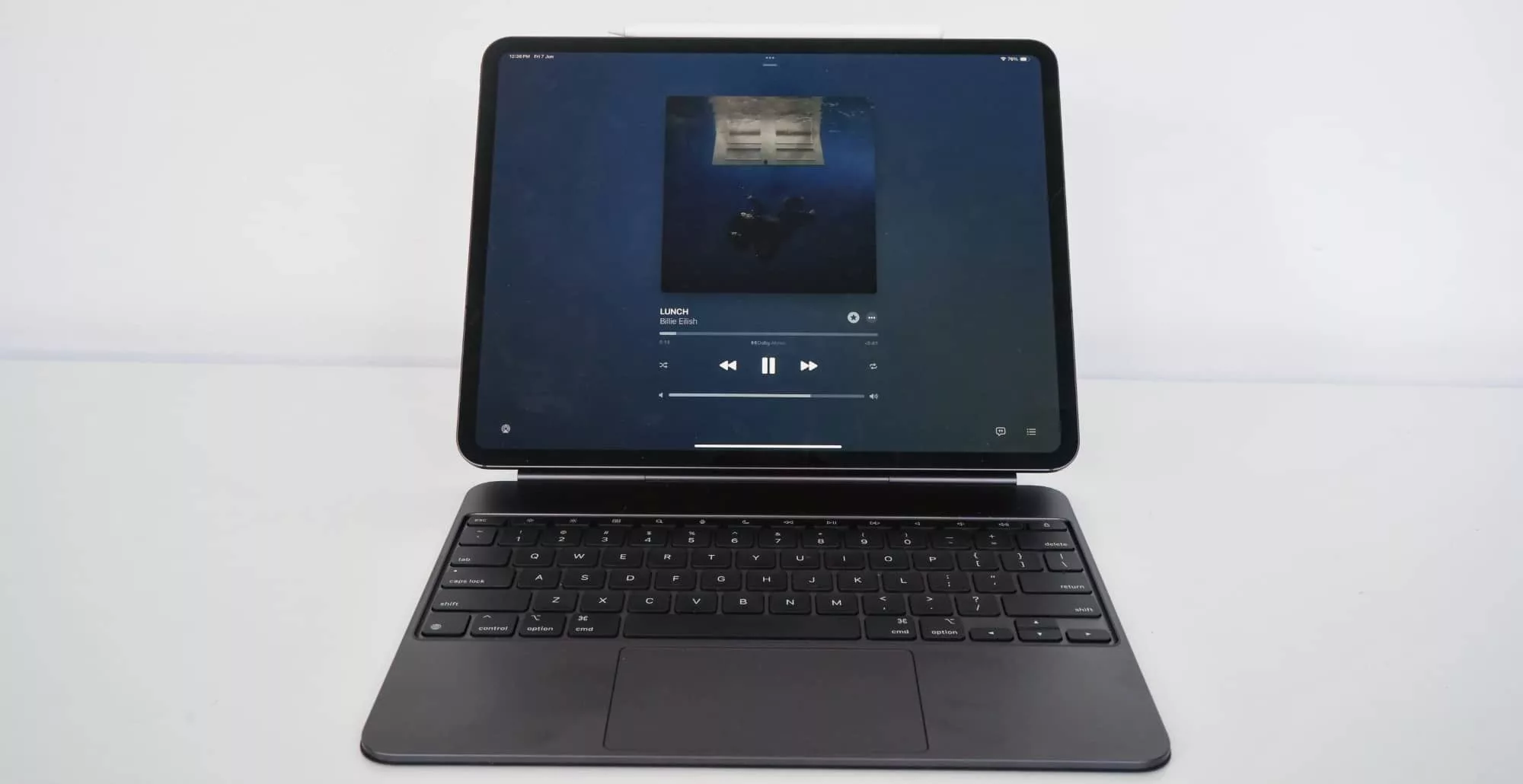
MacBook vs iPad Pro
The accessories also add to that cost, because at $579, the 13 inch Magic Keyboard cover ain’t cheap, nor is the $219 Apple Pencil Pro. Add all of this together, and you have a startlingly pricey tablet package that rivals some of Apple’s most expensive Macs. All up, the M4 iPad Pro 13 inch package approaches $5K with no problems. Woooooooo.
A MacBook Air would arguably be better value even if you spec’d it up, but you don’t get the OLED option or support for touch, which you may need. And the 16 inch M3 Max MacBook Pro is near this price point and offers you more guts for content creation, among other things.
However, a Mac and an iPad are markedly different. They can both do similar things, but they do them in different ways. And that can make the value argument that much more difficult to argue for the iPad Pro.
A MacBook’s operating system is more flexible and offers a whole lot more productivity apps that can work in the background. Apple’s iPadOS 17 is improving — and iPadOS 18 is likely around the corner at WWDC 2024 — but it is largely focused on having you work on one app at the one time. These are not the same class of device, even if they carry similar price tags.
Those issues alone make evaluating whether you opt for an iPad Pro or a MacBook that much more difficult. They are not the same type of device, even if they can do similar things.
However, there are things an iPad can do better.
Drawing and art-related activities see the iPad Pro excel beyond what the MacBook can handle natively, thanks to that touchscreen. It’s a similar situation with some 3D cases, thanks to the inclusion of LiDAR, or even the ability to film video and edit it directly on the iPad Pro. You can do 3D and video editing on a MacBook Pro, no worries, but you need extra gear and extra steps.

With the iPad Pro, Apple is building a one-stop premium shop, and it works, albeit differently. It works as you’d imagine a high-end automobile would versus its competitors.
We don’t typically judge a Mercedes or BMW against a Hyundai or Mazda necessarily, even though all three can do amazing cars. This is much the same argument here.
So even though the price hurts, try not to think about it too much. If you want the best iPad experience, you’re going to have to pay for it.
What needs work?
The price is staggeringly high, commanding even more than its predecessor, but you know what else hurts? The fact that the previous accessories don’t work here, either.
That’s not something specifically wrong about this year’s iPad per se, but it’s also not remarkably fair.

In short, if you’ve previously owned an iPad Pro, or even an iPad Air, and have had these previous accessories, you can’t just upgrade. You need to buy new accessories, which is a bit of a pain, to be honest. Apple could easily have made the older Pencil work, and we’re not entirely sure why it didn’t.
Given you’ll be spending so much on the new iPad to begin with, it’s probably worth going in with the knowledge that you’ll be spending a little more on the accessories. Knowledge is powerful that way.
You may also need to change over a SIM card type if you have one, now that the 5G iPad Pro uses an eSIM or nothing. That’s a pain for those of us who like popping a SIM in and out of devices, but not terribly unsurprising. It’s not a major issue entirely, especially when so many just run their phone as a hotspot, but a point worth mentioning all the same.
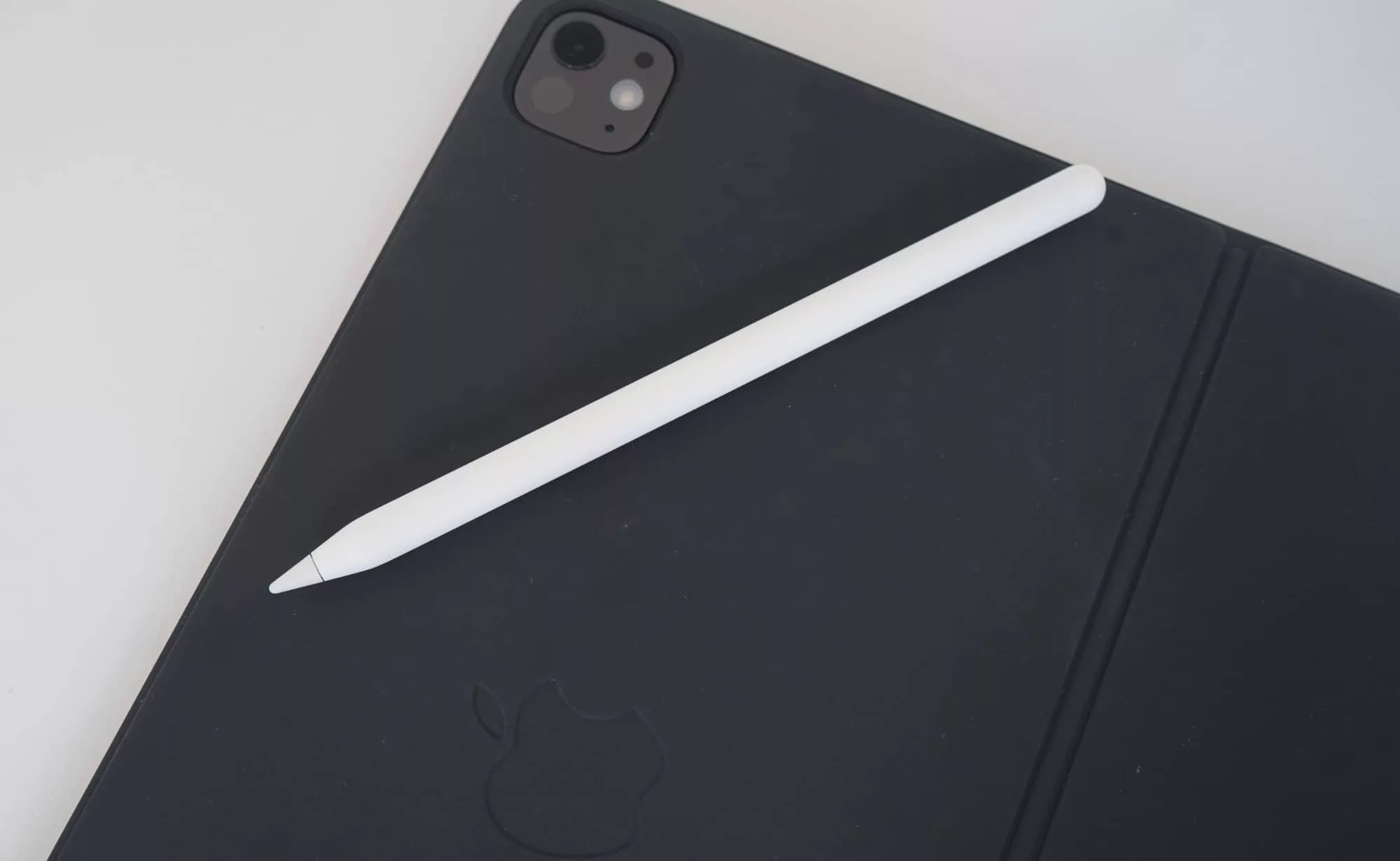
Final thoughts (TLDR)
The iPad makes no apologies for its price: you’re getting the best of the best of the best in 2024. Given how good this thing is, we’ll be surprised if it sees an update in 2025. The last update for the iPad Pro was in 2022, so there’s probably a good case for Apple to stretch the capability and performance out in each subsequent generation even further.
With that in mind, we’re not expecting a new iPad Pro until 2026. And you know what? That’s totally fine, because the 2024 iPad Pro is so damn good.
Yes, it’s pricey, but it’s also the best in quality tech you can find. Up until it was released, it was also still up there. Apple has just found a way to make it better.
You have to wonder what’s next. More battery optimisations? An even more ridiculous and thinner size? A foldable design? Even more speed? Our money is on all four of those, likely resulting in a combination between Mac and iPad folks will be craving, so that you can use it anywhere as anything. Maybe this ultra-thin iPad Pro is the stepping stone we need to jump to the foldable Mac, which could also be a foldable iPad Pro.
That’ll likely be two years away. That’s a long time in tech wait times.
For now, if you want the best iPad money can buy, ponying up for the iPad Pro makes sense. It’s the best in class tablet that we can see by miles. You’ll pay for it, but it won’t feel outdated for a long time. Highly recommended.



